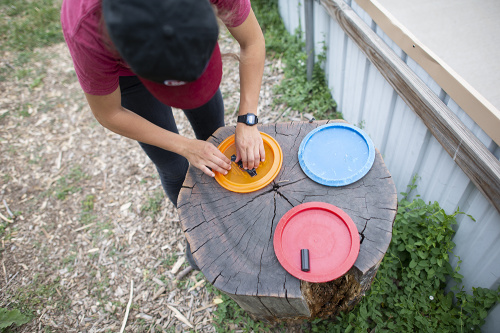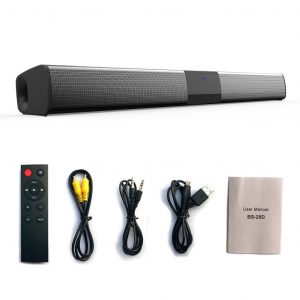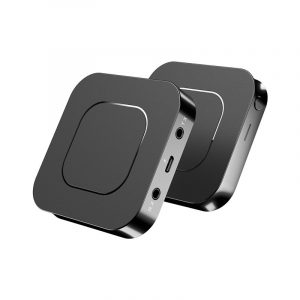Finding Missing Objects with RFID, Part 2
Welcome back to the thought experiment journey I’m on to learn the best way to find a lost frisbee. Thanks so much to everybody who commented on the last post with ideas on which technologies you would use to approach this problem. I think that’s why I like this challenge in the first place – there are half a dozen different technologies that could be used to find missing objects, but which one is the most effective for the scale of this particular use case of disc golf?

Disc golf course here in Boulder!
For those of you just catching up, photographer Juan and I are trying to figure out the best way to find a frisbee if it gets lost in the brush and swamps of a disc golf course. The immediate challenges in this are as follows:
- Proximity: You have to be close enough to the general area of the disc to see or hear anything attached to it, as well as scan any tags.
- Size: Whatever the solution is, it needs to have a very small and durable footprint that won’t affect the disc’s lift and stability. What good is tracking a frisbee if the device affects your throw? Plus, it might crash into a tree or into water, so it needs to be durable.
While my previous solution, trying to use a small GPS chip, could work, it isn’t really ideal. Combined with power and a microcontroller, it’s quite a bulky set-up, and it isn’t always guaranteed that the chip will have a clear view of the sky, which would certainly skew the accuracy.
Which brings me to my next solution, one that a few of you suggested…using UHF RFID tags.

UHF RFID tags are ideal for this project in a lot of ways – for starters they are perhaps the smallest and most durable footprint. They can be waterproof, and can just be attached with an adhesive on the backside of the frisbee, and most don’t need a battery, which means it’s an even smaller footprint than the other options. The tag is just an antenna that receives RF waves, and an IC that processes the information.

Using a UHF RFID tag would remove the issue of building an attached enclosure
The other advantages of UHF RFID is that it doesn’t require a line of sight like barcodes do, so the tag doesn’t need to be showing for the scanner to pick up on it. Furthermore, multiple tags can be in the same area and still be differentiated, which makes this solution ideal for groups playing together.
Now, the major disadvantage of the using UHF RFID tags is that you need a mobile UHF scanner, which can be quite expensive for the scope of this project. So, it really comes down to what needs to be sacrificed in the project – what do you all think? UHF RFID Tags solve the majority of problems, but at a high cost. Is this the most effective way to find a lost frisbee, or could it another solution, like adding light and sound to the disc, or attaching an Airtag? Next time, I we’ll explore both of those ideas. And keep on posting different ideas in the comments! I really liked that video system that records flight path; it would be heaps of fun to try to implement that project!








